Complex Mechanisms of Hunger and Satiety in Humans
VerifiedAdded on 2020/04/07
|5
|1035
|62
AI Summary
The control of food intake in humans involves a complex interplay between different physiological factors and mechanisms. The hypothalamus plays a crucial role with its distinct feeding and satiety centers that regulate eating habits based on signals affecting feelings of hunger or fullness. The glucostatic theory highlights how glucose levels influence these centers, impacting the desire to eat, while the lipostatic theory focuses on body fat's role in modulating food intake to maintain weight balance. Hormones like leptin, secreted by adipocytes and regulated by the gene obese (ob), are key in maintaining body weight, with deficiencies leading to obesity. Additionally, structures such as the nucleus tractus solitaries (NTS) provide taste sensations that affect feeding behavior, while ghrelin produced by the stomach induces hunger when active. Neuropeptide Y acts as a neurotransmitter influencing appetite and fat storage, while melanocortins and corticotropin-releasing hormone (CRH) reduce food intake under stress conditions. Peptide YY antagonizes ghrelin's effects by inhibiting feeding post-meal, with resistance observed in obesity cases. Orexin promotes eating by modulating meal size and is regulated by leptin and ghrelin. Collectively, these mechanisms illustrate the intricate network governing hunger and satiety, emphasizing their interdependence for balanced food intake.
1 out of 5
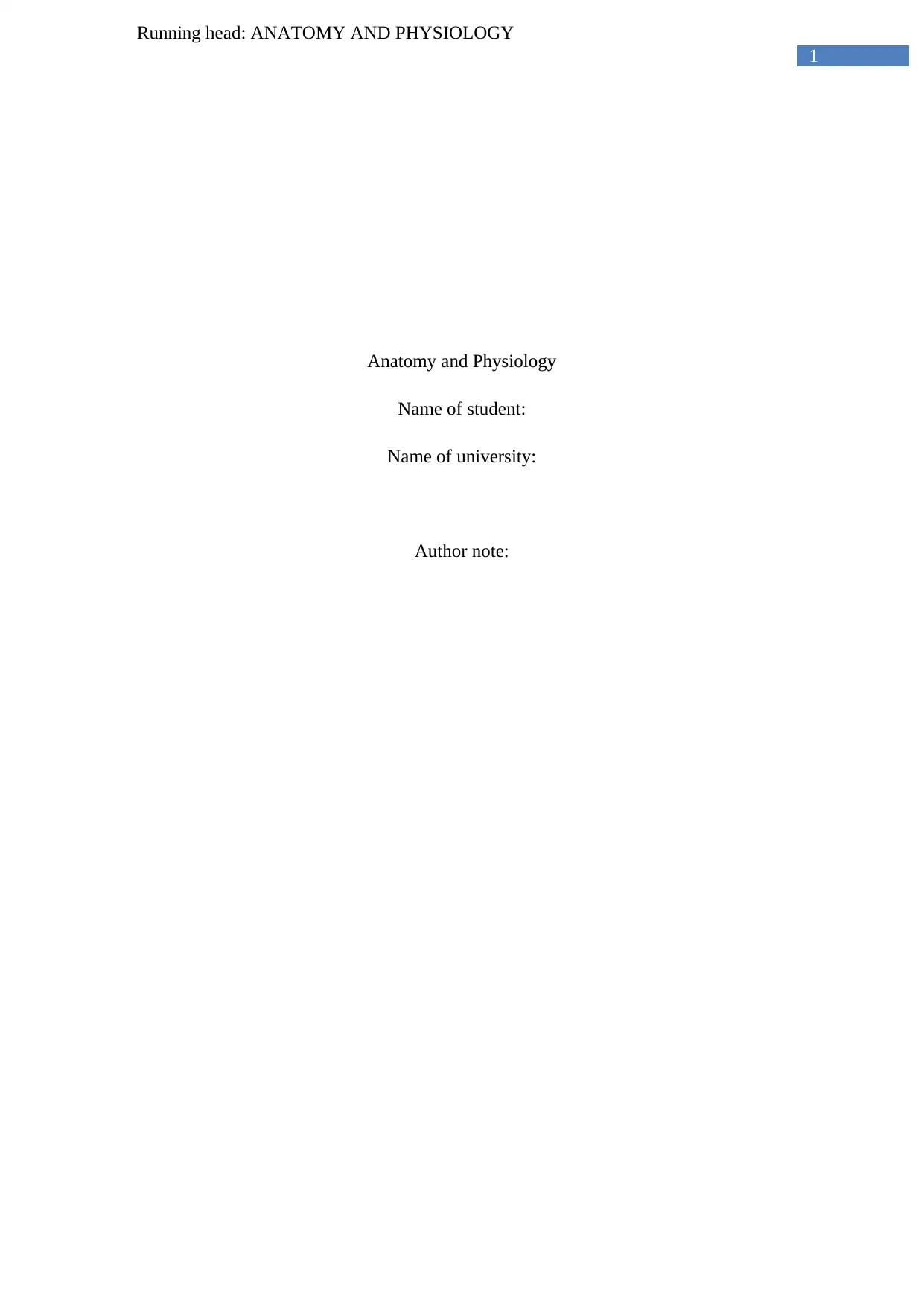
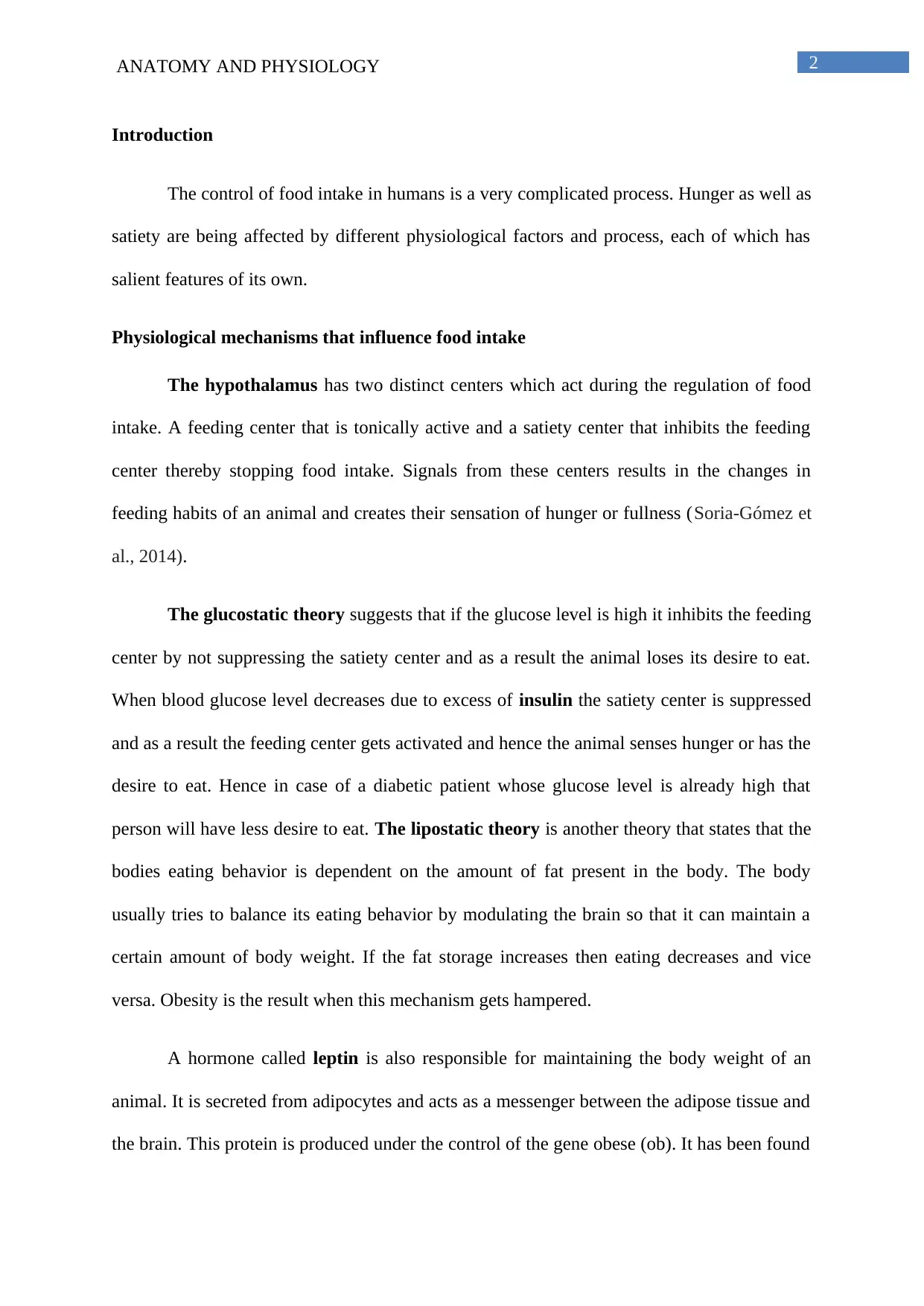
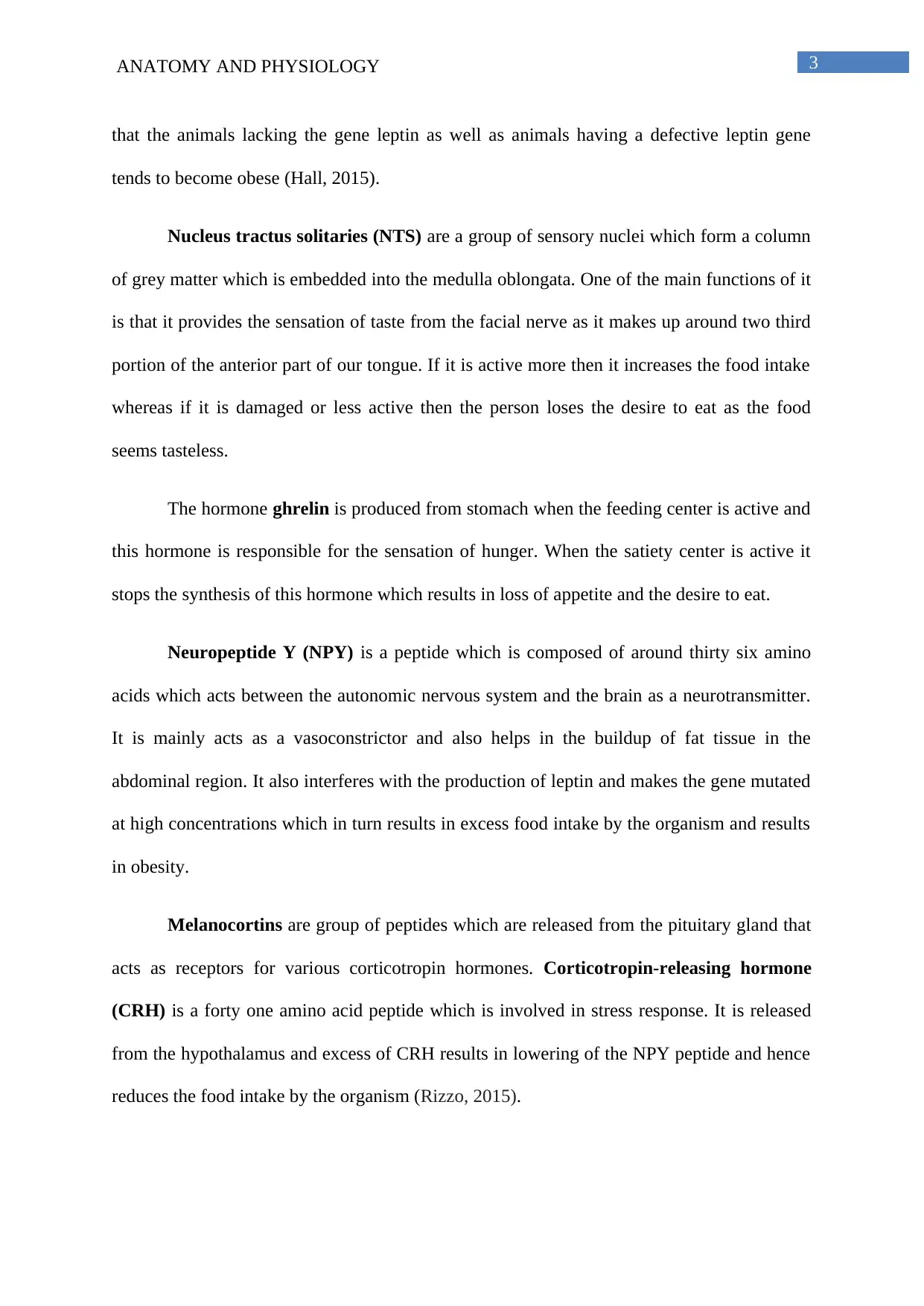

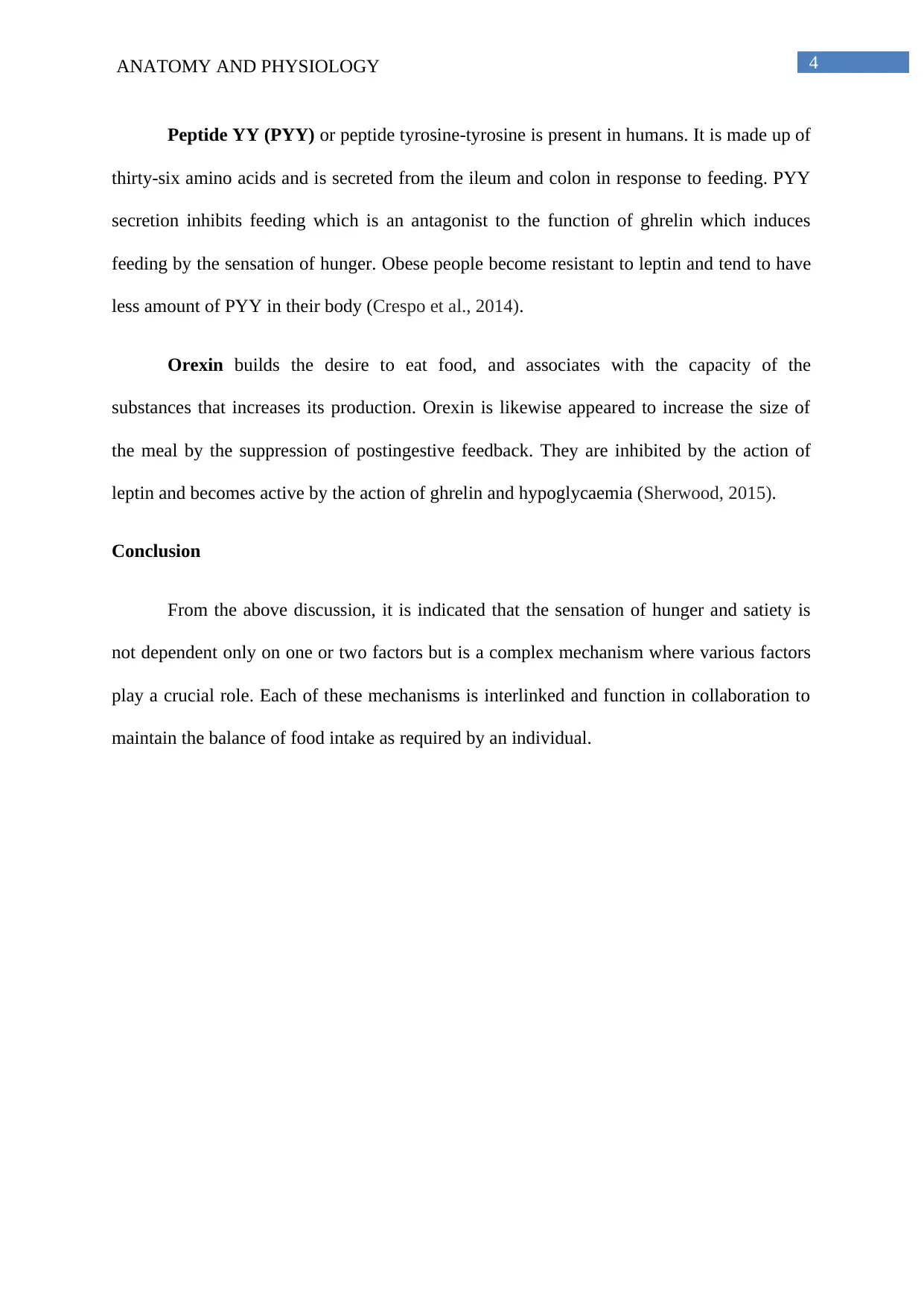
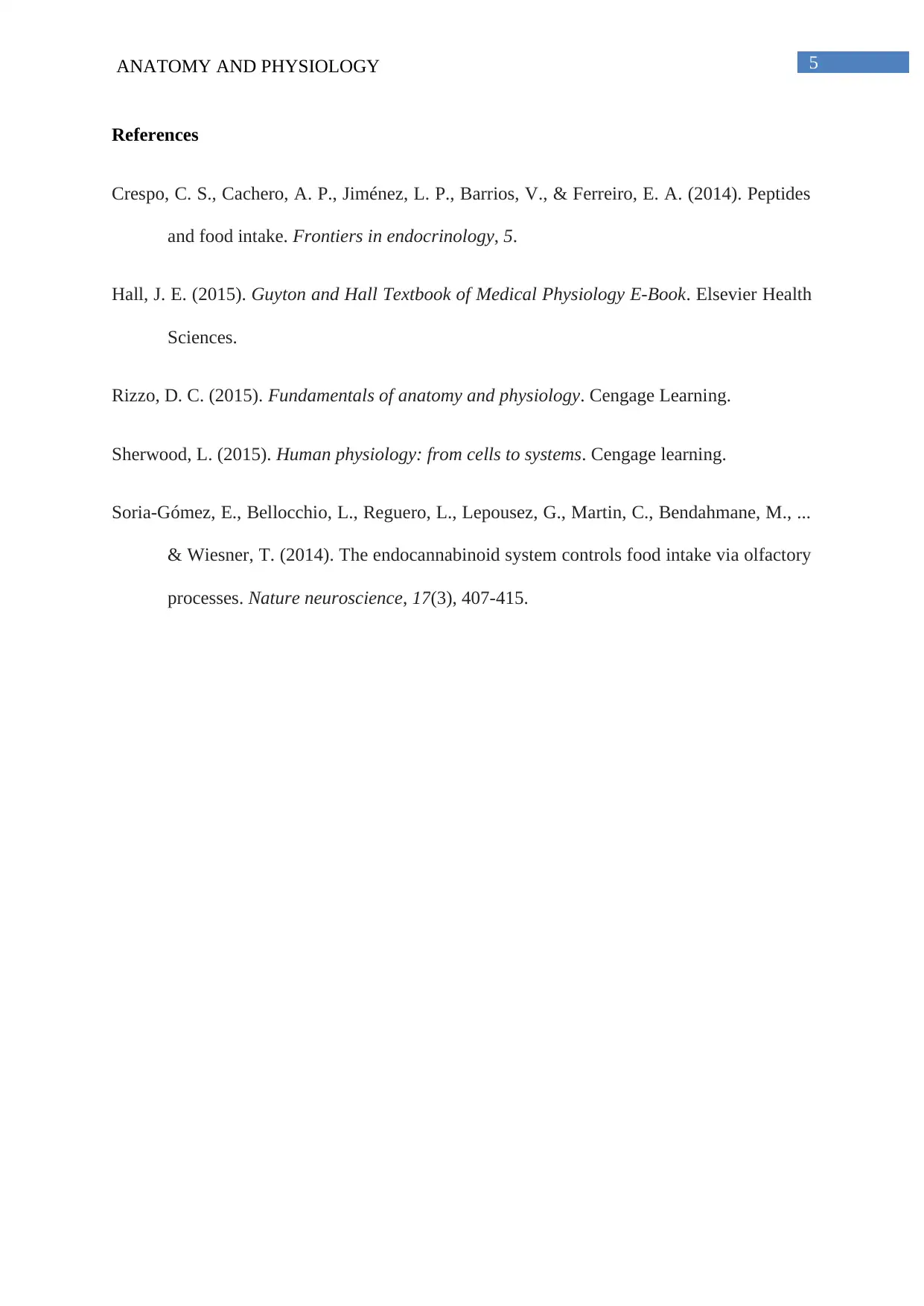






![[object Object]](/_next/static/media/star-bottom.7253800d.svg)